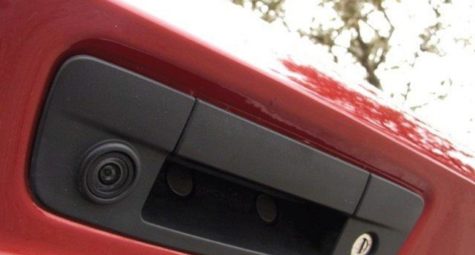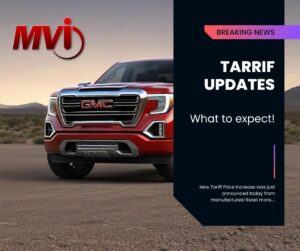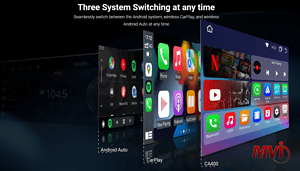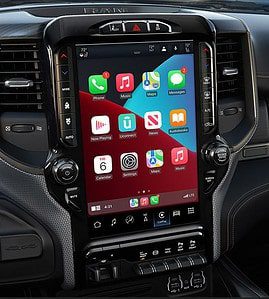To What Extent Does Backup Cameras Help Us?
Technologies such as backup cameras, when used properly, have the potential to keep not just the drivers and passengers but also the pedestrians safe. As car innovators continue to improve vehicles with the newest safety features, introducing the importance of a backup camera to the car owners. Some focused on collision preventions, lane and side assistance, maintaining safe distances when in traffic, and backing up or parking.
In regards to backing up and parking, backup cameras help prevent behind-the-vehicle crashes. Essentially, backup cameras help drivers see behind their vehicles.
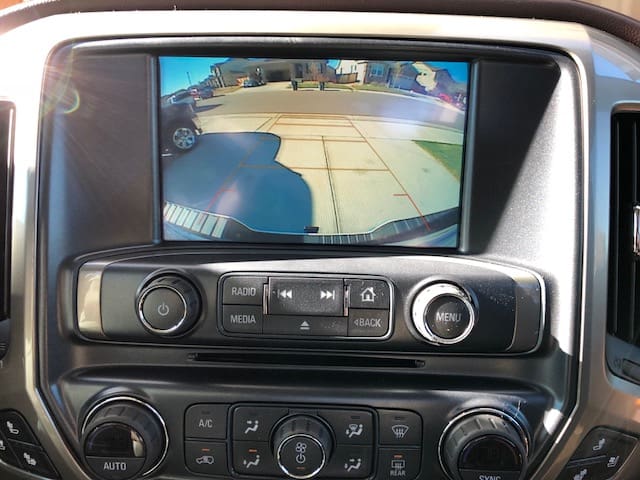
What is a Backup Camera?
A backup camera or best known as a rearview camera is a small, wide-angle camera mounted on the rear of a vehicle. It connects to either the infotainment screen on the dashboard or a small monitor in the rearview mirror itself. Buick introduced the idea and importance of a backup camera in 1956 on its Centurion concept car. However, it never made it to production. The idea didn’t come to fruition until 50 years later with Toyota Soarer Limited in Japan. The car manufacturer introduced a backup camera, operating when one placed the gearshift in reverse. Another decade passed before this feature made it to the United States.
Because the camera uses a wide-angle lens, you can see basically everything that is happening behind your vehicle. Better yet, some cameras are also equipped with a detection system. It indicates the presence of a vehicle behind a car or even a vehicle that is coming perpendicularly with an alarm. This obviously reduces the risk of a collision and proves the importance of a backup camera on your vehicle.
Manufacturers or aftermarket dealers generally install backup cameras in the vehicle’s rear trim pieces. They’re fairly unobtrusive, so they can be a bit hard to see. You might find them hidden in the bumper, near the license plate, in the trunk lid, or in the tailgate of an SUV or pickup truck. They usually aimed the cameras at a downward angle to provide the best view immediately behind your car.
Another feature of a rearview camera is that it makes parking a lot easier. Some cameras even include lines, indicating the direction, trajectory, and space used by the vehicle.
Why is a Backup Camera Important?
Modern vehicles seem to get harder to see out as each year passed by. Most cars before these kinds of luxury cars we have were boxy and featured above-the-beltline structures. These types of cars provided an unobstructed view of all four corners. Today’s car designs are very different compared to those of the old models. The interior of the vehicles obstructs the view from the driver’s seat with two headrests for the front passengers and as many as five headrests for rear seats.
This made it harder for drivers to see the back harder. Even if you turned around from the driver’s seat and looked out the back window, it’s difficult to see what’s just beyond the bumper in a full-size SUV or a minivan; especially with deeply tinted windows.
In 2010, the National Highway Traffic Safety Administration noted that 207 people were killed annually by cars backing over them without the drivers seeing anything in the rearview mirror. Additionally, similar accidents injured nearly 15,500 people. This is why many acknowledged the importance of a backup camera for the safety of both the passengers within the car and the pedestrians.
How Do They Work?
On the face of it, the idea is simple. When you put your car into reverse, a camera mounted at the rear of the vehicle turns on and sends an image to a monitor to show what’s behind you. But the reality is a bit more complicated. Backup camera systems, even at their most basic, are fairly sophisticated pieces of technology. They are getting more high-tech all the time.
The complexity begins with how the camera captured the image. Rather than transmitting the picture that a typical camera might see, manufacturers designed backup camera systems to send a mirror image to the monitor. This is so the orientation is correct when you look at it. If you were looking at a direct feed of what the camera sees, the image reversed; and you’d steer left when you wanted to go right. They designed the system to correct this so the view on the display makes sense.
Drivers can mount their cameras anywhere in their field of vision. But they are generally found in the center area of the dashboard. Since most newer vehicles have an existing screen for the entertainment system, climate control, navigation and other functions, drivers used that display for the backup camera system. Other versions use a portion of the rearview mirror as a monitor. This gives the advantage of situating the display where drivers are accustomed to looking when backing up. But this type of monitor is much smaller and provides a less detailed image than one with a larger screen.
Adding Aftermarket Rearview Cameras
There are an estimated 500,000 backing accidents in the United States every year. In May 2018, the National Highway Traffic Safety Administration (NHTSA) established a regulation requiring automotive manufacturers to include a backup camera on all new vehicles. The agency considers rearview video systems to be lifesaving technology, similar to airbags and seatbelts.
It’s important for drivers to remember that rearview video systems are not a replacement for mirrors or turning around to look. Instead, use this feature as an added safety tool for revealing hidden dangers while still checking their blind spots. Or walking around their vehicle prior to getting in the driver’s seat; or properly adjusting their seat position and mirrors before driving.
If you want to opt for adding or upgrading a backup camera for your vehicle, you can always visit MVI, Inc. We have a lot of cameras to choose from, including an HD multi-camera if you want for a wider range of vision in your screen display.
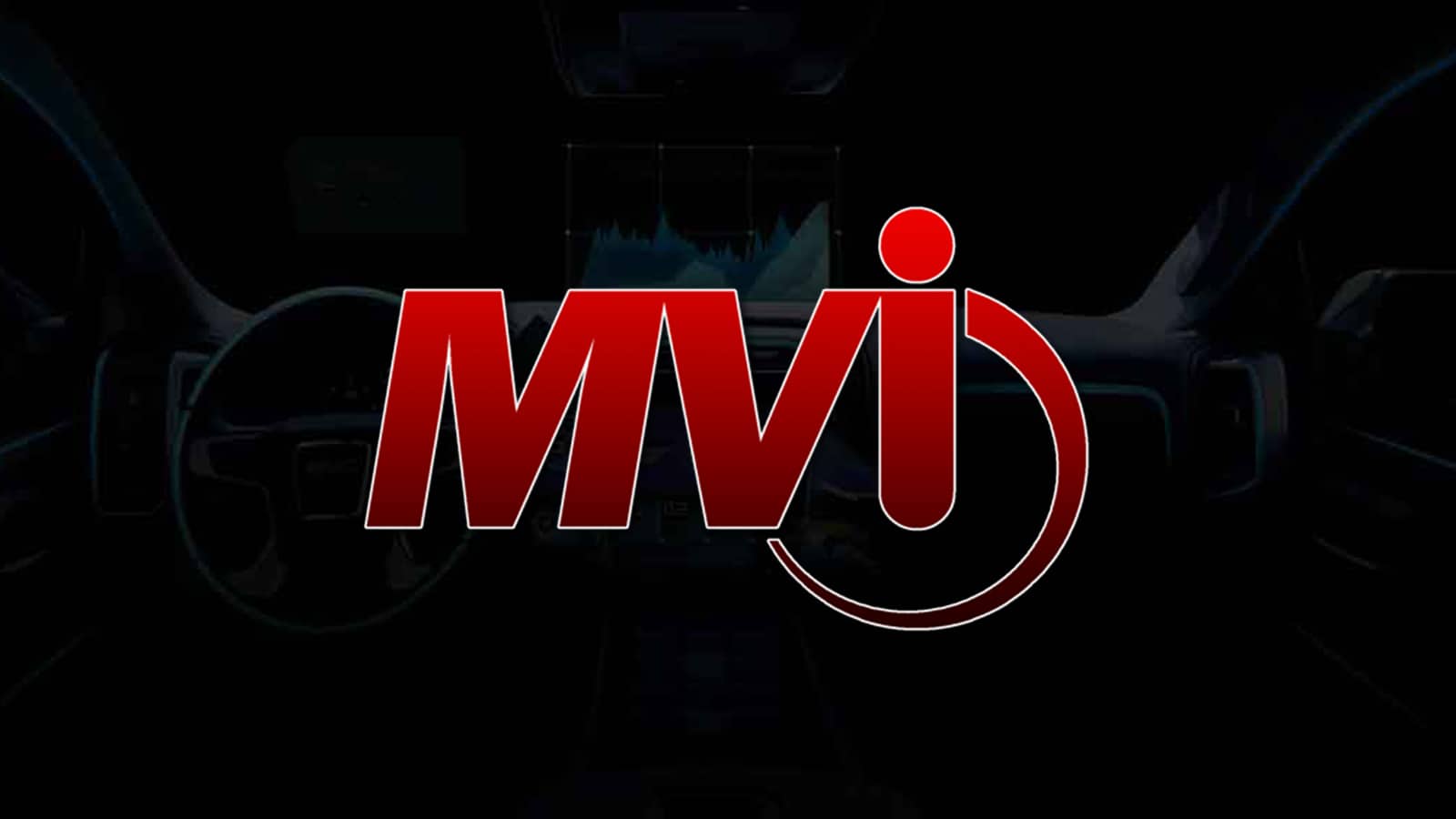
At MVI Inc., we are proud to provide professional installation of OEM navigation systems. We specialize in GM Navigation Systems, but also offer fitments for more platforms including non-Bose audio and other original factory navigations such as Ford, Chrysler/Dodge/Jeep MyGig, and Volkswagen. All of our original factory navigation systems can be perfectly integrated into your vehicle as if it came built that way from the dealer.
For more information on any of our products, please call 866-428-3585 or make a product inquiry. For quickest replies, you can use the Web Chat feature located at the bottom right corner of every page.
Business Hours: Monday – Friday: 9am – 4pm (MST).

